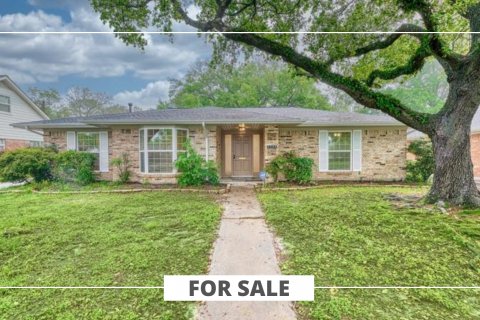For Lease or For Sale signs abound in Laredo's historic district.
Houston artist, activist, and blogger Mary Margaret Hansen reports for PaperCity from on the road to a country on everyone’s mind — Mexico. With partner and fellow artist Earl Staley, the pair set out on a South Texas border adventure.
The Wall along Texas’ southern border is a big deal right now. We wonder if “The Wall” will become a fully realized concrete barrier, or remain a campaign metaphor?
What do folks in South Texas think about The Wall that could well end up in their backyards? There was one way to find out. Earl Staley and I decided to take a South Texas road trip, spring break being an opportune time to visit border towns from Laredo to Brownsville, survey the Rio Grande from bluffs and bridges, and talk to people who live within sight of the river. Maybe we’d find a commonality in their answers?
There was a second compelling reason for a road trip to South Texas. I’d seen Ben Koush’s Instagram photos of finely crafted, 19th-century commercial buildings in Roma, Texas, that once prosperous mid 19th century river port town midway between Laredo and McAllen. Earl and I knew nothing about Roma, Texas, and we could not resist the symmetry of visiting Roma, Italy, and Roma, Texas, within the span of a single year. We were tantalized by juxtapositions of history, architecture, and two memorable rivers, the Tiber and Rio Grande. (Read about Hansen’s Roman trek here).
With help from Google maps and Earl’s trusty Texas Atlas, we drove Route 59 to Victoria, and on to Freer, that last outpost before Laredo, Texas, and La Posada Hotel. I suspect more than a few PaperCity readers hold memories of a weekend stay at La Posada for the sole purpose of shopping in Nuevo Laredo. Do you remember walking with great purpose across the International Bridge amidst crowds of tourists and children selling Chiclets?
On the bridge, one now sees the Rio Grande through wire mesh and bars. There are few, if any tourists, folks who look like us.
We’d head toward that exquisite boutique Marti’s for silver jewelry from Taxco and hand woven table linens from Michoacán, and then to Mercado Maclovio Herrera where we bought far too many painted pots, paper flowers, and Nativity scenes. After our arms were laden with shopping bags of carefully wrapped pottery, we found respite at the Cadillac Bar with energy replenishing sloe gin fizzes and plates of frogs legs. Was it also a Texas rite of passage to return from Nuevo Laredo with a duty free bottle of Patron?
These days, shopping trips to Nuevo Laredo, and almost every other border town, are ill advised, said to be unsafe. And so, driving toward Laredo, we became ever more curious about The Wall and what it might mean for the towns along Texas’ southern border. Curiosity led to a plethora of conversations, charming discoveries, and a wish for a return trip to South Texas.
Laredo’s La Posada Hotel feeds nostalgia, looks and feels as it did decades ago. Patios are vine and flower laden; red tiled staircases are obscured with greenery. However, spring break no longer brings throngs of visitors, eager to cross the bridge. The morning was quiet as we left the hotel for a self-guided tour of downtown Laredo’s dense historic streets. We carried Gerald Moorhead’s Buildings of Texas, a heavy and useful tome.
Across the street from La Posada is the original heart of this Spanish colonial city. San Agustin Plaza was laid out by royal surveyors in 1767 and is identical to plazas on the opposite side of the river. Nineteenth century San Agustin Catholic Cathedral, the third church built on this site, faces the plaza, its bell tower taller than any of the surrounding buildings. We pass day laborers as we walk toward the Republic of the Rio Grande Museum, an early 18th century government building. Moorhead’s guide tells us that in 1840, this building of sandstone and plaster served as the capitol for a short-lived rebel federalist movement in northern Mexico. The structure was rehabilitated as a cultural museum in the mid 1950s.
Immediately adjacent is Casa Reyes Ortiz, a colonial home built on land granted in 1826, and now used by Texas A&M International University. Two streets north is the Plaza Theatre, Laredo’s contribution to Art Moderne. We walked past many buildings in sad disrepair; former stores with For Sale/Lease signs in now empty windows. Retail business has obviously moved from Laredo’s historic downtown.
What is notable about this old center of Laredo is how indistinguishable it is from towns on the other side of the Rio Grande. Texan and Mexican histories and identities have intertwined for centuries, and we see at once that this intertwining is the context for our questions about “the wall.”
At the Villa Antigua Border Heritage Museum, we ask a staff member about The Wall. The answer? “It would be a waste of money, and besides, those who want to cross will always find a way.”
Pete Saenz, the Mayor of Laredo, conversed with NPR about international trade. Saenz notes that Laredo is the largest land port in the Western Hemisphere, with over $200 billion worth of trade annually. Good relations with Mexico are vital.
As for The Wall Saenz says, “Well, it’ll be a disaster… and it’s very offensive, frankly… well, to Mexico primarily. The people in Laredo and the border area do business with Mexico.” The Mayor suggests a virtual wall based on technology that would take into account all the creeks that feed into the river, as well as livestock and wildlife that drink on its shores. Sanez concludes, “It’s just not practical to build a wall.”
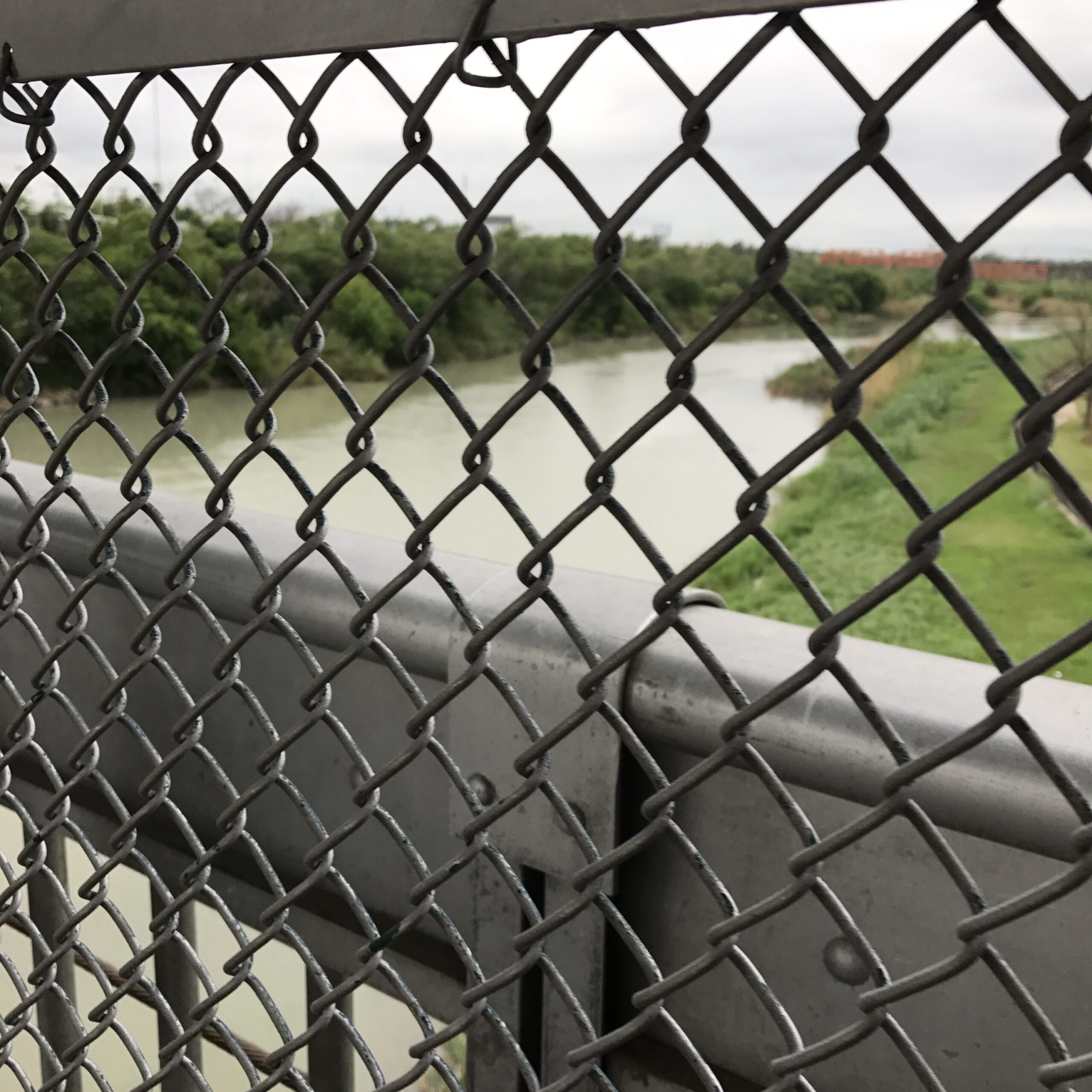
Earl and I crossed into Nuevo Laredo on the International Bridge nearest La Posada, compelled to see the place that had been a pleasure destination for so many decades, and which, to this day, plays an enormous role in the flow of international trade. On the bridge, one now sees the Rio Grande through wire mesh and bars. There are few, if any tourists, folks who look like us. Gone are the duty free liquor stores and curio shops that lined the first city blocks beyond the bridge. Now there are multitudinous pharmacies and dental offices, new reasons to visit Nuevo Laredo.
The once bustling mercado is forlorn and dusty. “If I get three tourists a day…” a shopkeeper’s voice trails off, “spring break and Thanksgiving were once the busy times. No longer.” It is not the same. The shopkeeper speaks of “the bad ones” who have kept tourists away.
A Mexican Ghost Town?
The Cadillac Bar is shuttered. Marti’s windows are empty. We see only one shop that appears as if business might be brisk. Its windows are filled with religious statuary, christening and confirmation dresses. I regret not purchasing a statue of the Virgin of Guadalupe hugging the Pope in a comforting gesture.
In less than an hour, we walk back to the bridge and stand in a long line of folks crossing over to Laredo. Do they cross for day jobs? In search of day jobs? For shopping? Reaching U.S. soil, every person shows papers at small glass-enclosed booths. We are asked the nature of our visit, a question that will repeat itself several times as we travel eastward along the border.
On the American side of the bridge, there is a new shopping outlet with signage that faces Mexico. We are told that it will be similar to outlet stores in San Marcos, Texas, and will attract shoppers from Monterrey. It is not yet open and is clearly different from the low-end retail stores that remain in Laredo’s historic district.
Our time in this border town duo was short, but we saw for ourselves their historical and continuing interconnectiveness, and begin to understand why The Wall would be an arbitrary, artificial boundary that people on both sides of the border would have to navigate through and around.
We head eastward on Route 83 to San Ygnacio, the remote border town settled by the Trevino ranching family in the mid 19th century and where their descendants still live. San Ygnacio is also the town in which artist Michael Tracy has created a world of his own. We are eager to see this place high on a bluff overlooking the Rio Grande.
To be continued … come back to PaperCityMag.com for Part II of Hansen and Staley’s border adventures next week.















































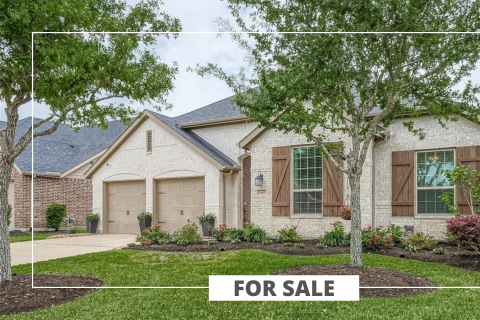





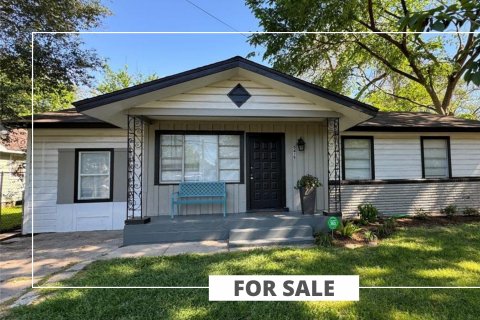














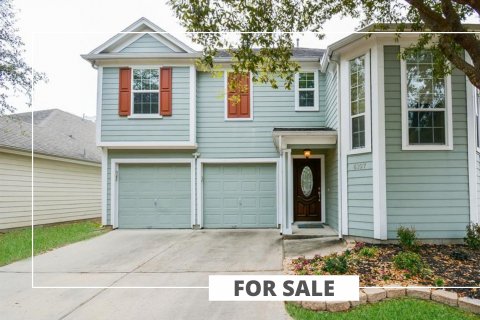





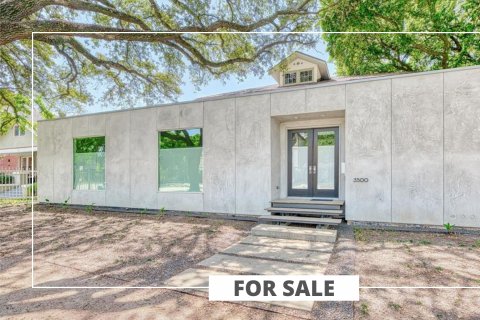
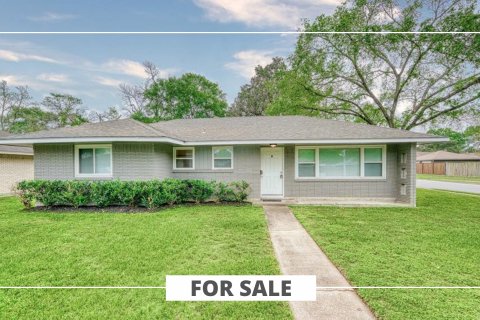




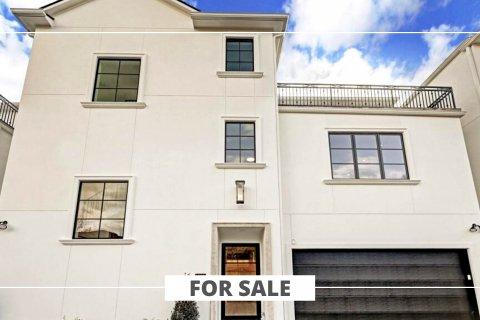









_md.jpg)
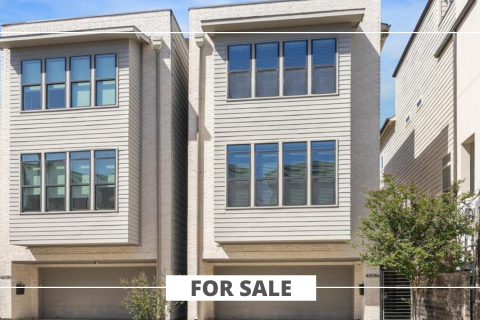
_md.jpg)

